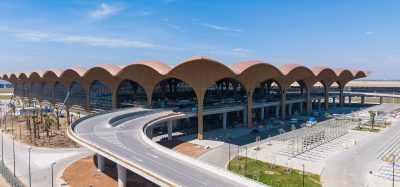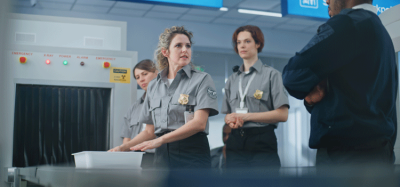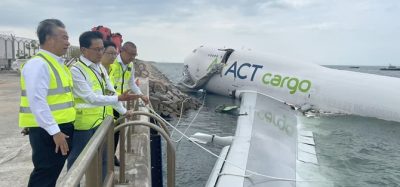Airport security: current challenges and trends
Posted: 7 August 2017 | International Airport Review | 1 comment
Antony Bridges, Group Leader of Human Performance at QinetiQ explores current security challenges and trends, getting true value out of technology investments by taking into account the ‘human’ and how the sector might look in the future.
What are the greatest challenges for the airport/aviation security sector?
Integration of security systems is proving challenging at all levels. At the organisational level new technologies have implications on future recruitment, training and workforce structures. From a wider security perspective there remains a divide between cyber and physical security within organisational structures, a separation not recognised by those seeking to disrupt our operations. Finally, we see at a screening level, particularly with mass public screening landside, a need for better understanding of how different technologies, processes and skills should be integrated together for best effect.
Why is it important for organisations to have a good understanding of the ‘human’ impact on technology investments?
Our work has focussed on helping our customers quantify the outcomes that can be achieved through optimisation of their security system. For example, bringing an understanding of human science to technology design to reduce the time needed to complete a task and reduce errors. We also help organisations understand what impact their proposed system change will have on the likelihood of different attack scenarios being detected. To do this effectively we need a clear understanding of how the human impacts on the overall system. Do system outcomes vary significantly depending upon who is operating it? The answer for the vast majority of security systems we look at from CCTV to phishing attacks is yes. Does the organisational process and culture impact upon security outcomes? Again from shift patterns to conscious or unconscious managerial pressure on throughput, organisations have a huge impact on the systems performance. The same technology operated in broadly similar ways can have very different security outcomes due to the ‘human factor’ and how the technology has been integrated into the wider system processes.
What are the current security trends in security in the airport sector?
New technologies are changing the security landscape. A number of airports are now running remote security screening. Whilst the operators tend to be based in the airport there is no technological reason why they could not be sat in a screening room in another location or even another country. Stand-off screening systems such as the QinetiQ SPO-NX have also begun to be deployed for events. Whilst these do not deliver the level of certainty required of, for example, an airport central screening system, they provide the opportunity to consider new approaches to screening. To make the most of these technologies consideration needs to be given to the wider system and what it is capable of delivering and at what cost. For example, how can stand-off screening, CCTV, behavioural detection officers and dogs be integrated to create an effective and efficient system? What levels of effectiveness should organisations expect from that system, what scenarios is it most effective in detecting and what would an organisation be expected to fund in terms of footprint and manpower if such a system was delivered in a very efficient way?
How do you see the airport security sector progressing in the future?
I see greater integration of suppliers and systems however these tend to be focussed around technology and the integration of different pieces of technology; I hope we will get to a point where we can focus on security outcomes rather than the physical inputs. We will be entering a challenging period as machines become better at threat detection as we will need to understand where the human is still needed and how we maintain their vigilance and engagement in systems that require less intervention. Finally I expect to see elements of security being provided as a remote service which will support security officers on the ground who would resolve any alarms.
About Anthony Bridges
Antony Bridges has spent the last 18 years helping aviation regulators, airport operators, equipment manufacturers and government departments to understand and enhance the efficiency and effectiveness of security systems. Antony has a background in psychology and leads a team of over 100 human scientists working in areas as diverse as cyber security, aviation medicine, influence and physical security.
The International Airport Summit is open for registration!
Date: 19 – 20 November 2025
Location: JW Marriott Hotel Berlin
At our flagship event of the year, we will dive into the future of airport operations, with expert-led sessions on passenger experience, innovative smart technologies, baggage handling, airside operations, data, security, and sustainability.
This is where global airport leaders come together to share insights, challenges, and real-world solutions.
Limited complimentary passes are available for eligible professionals – first come, first served!



















thank you so much it has helped me alot